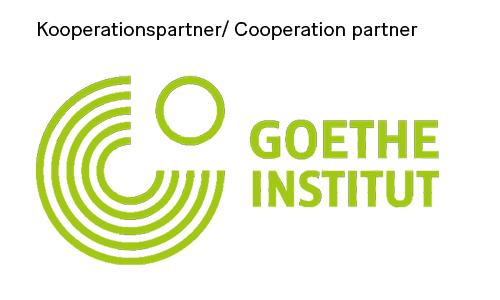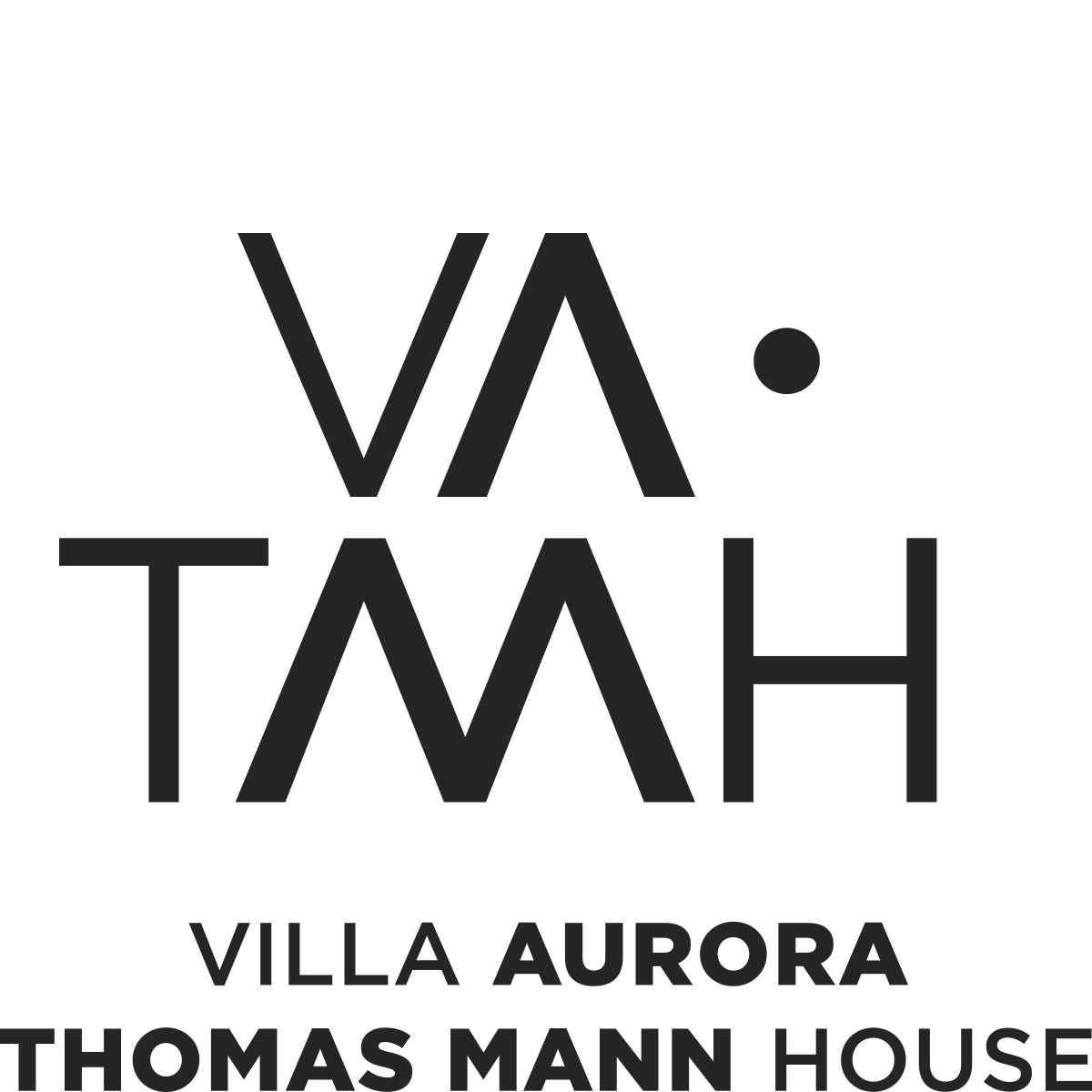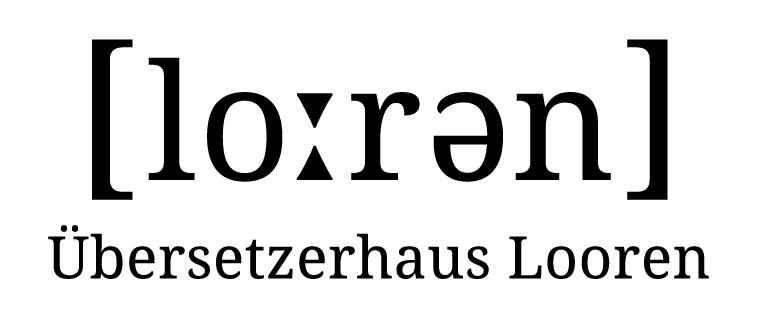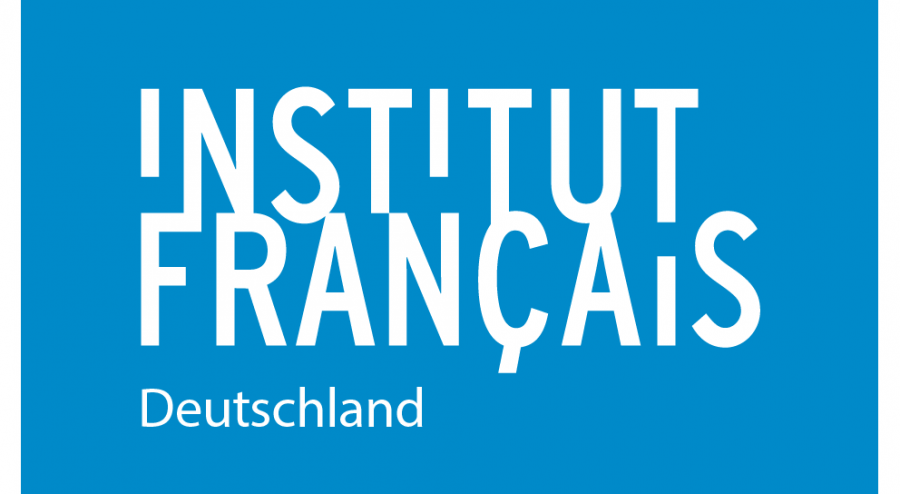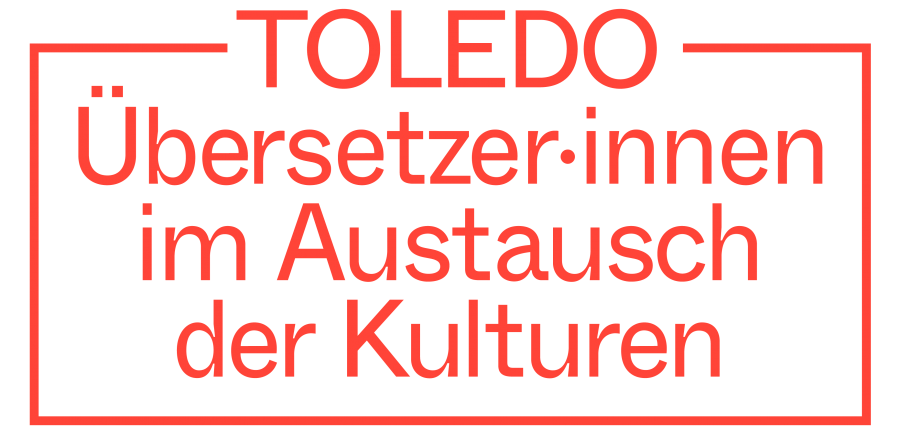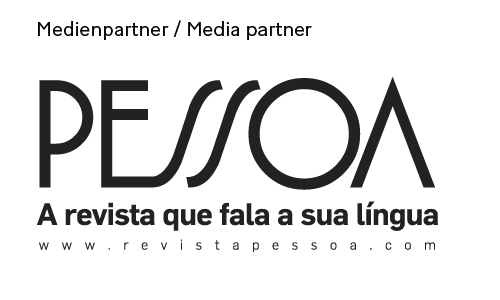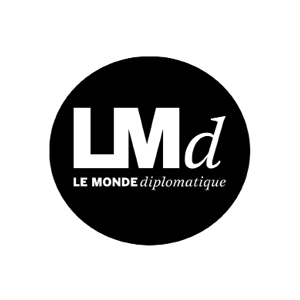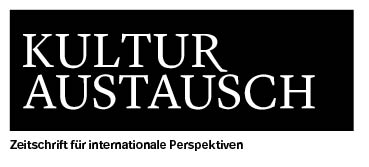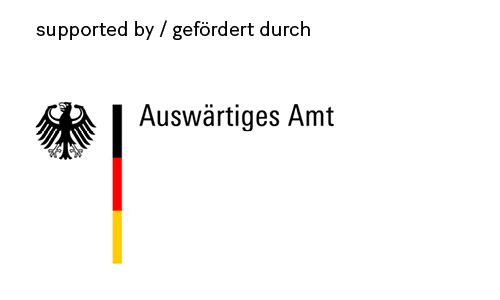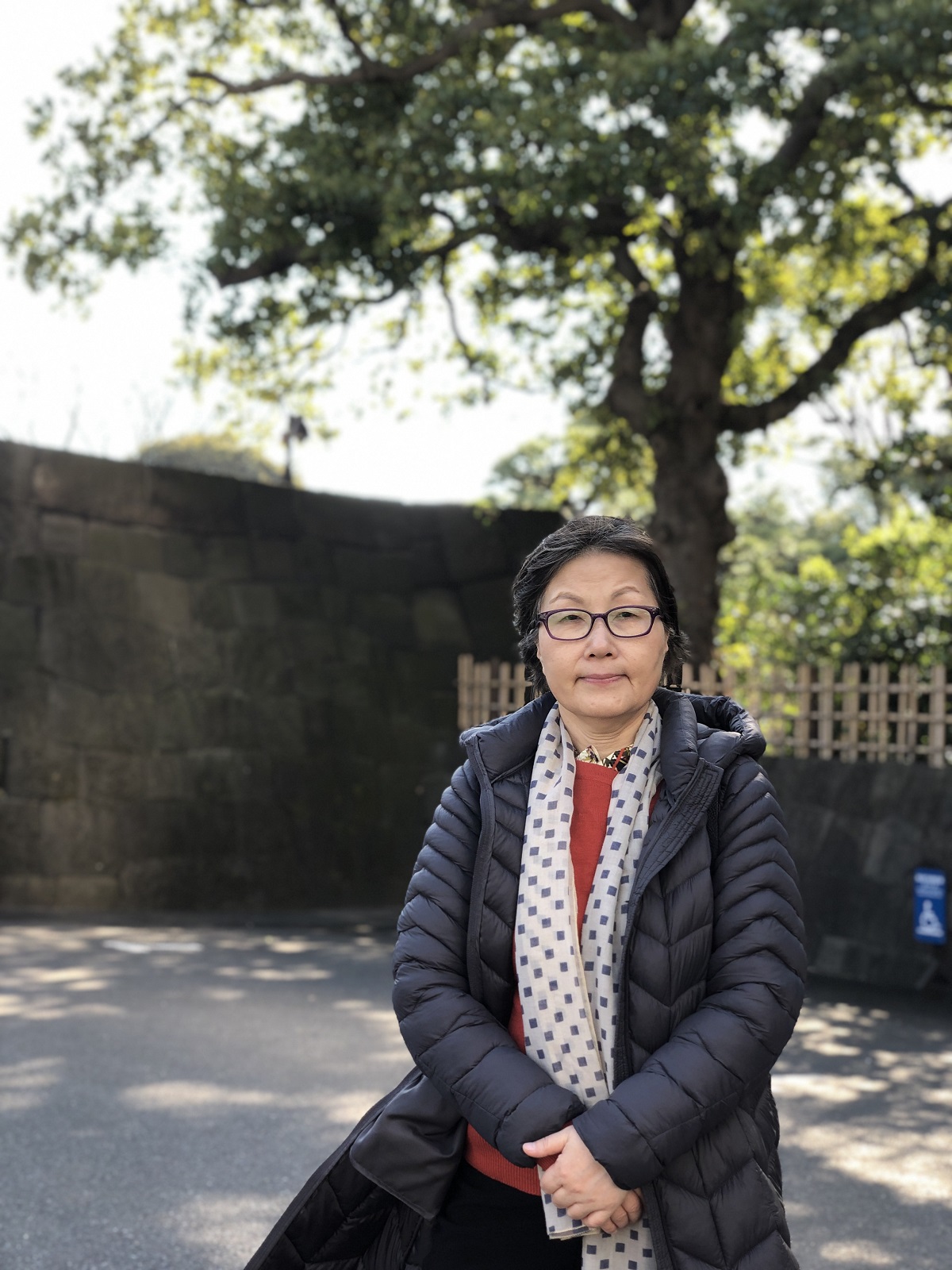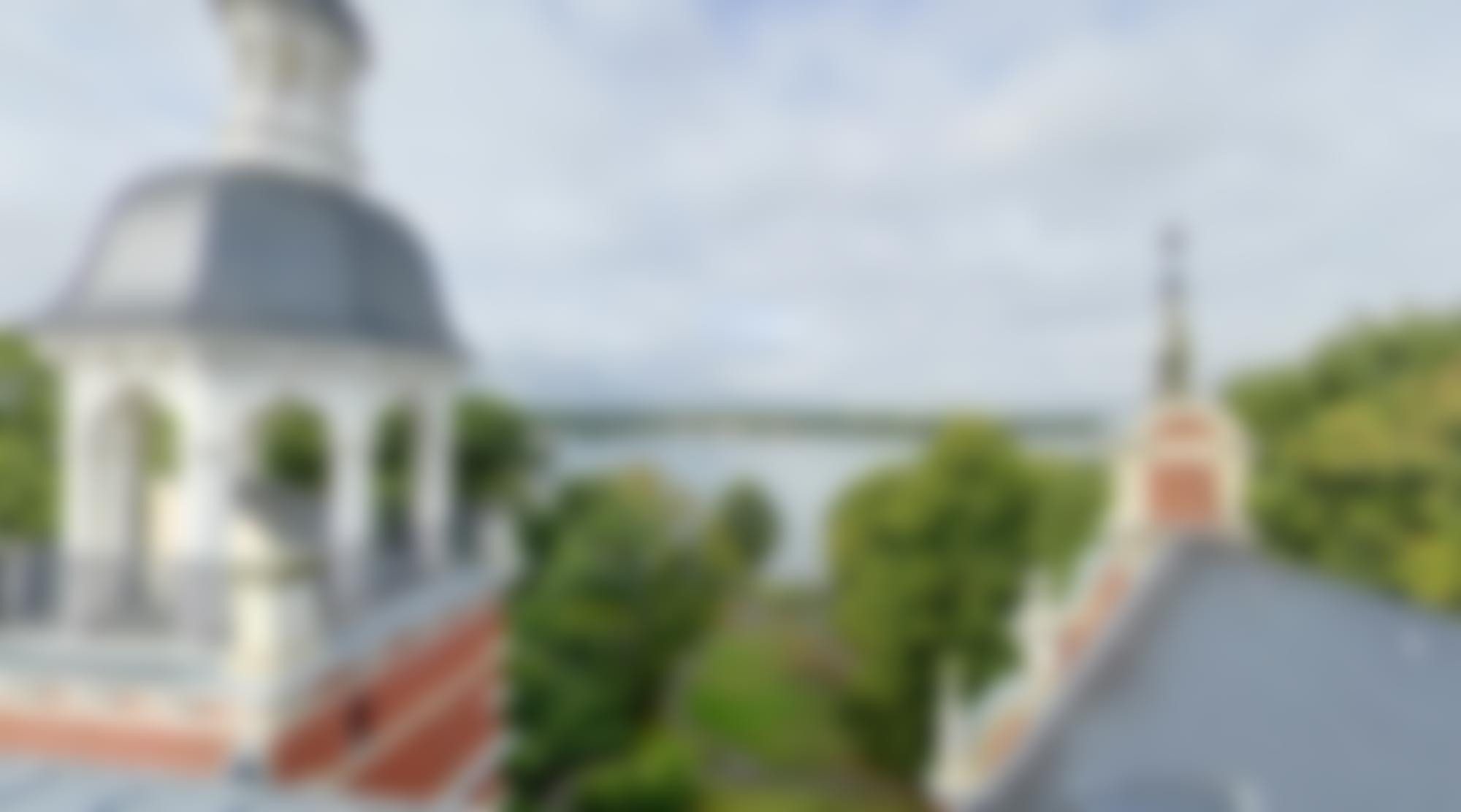‚한강까지 3.5km‘
지난 1년간 나는 유럽을 여행했다. 동에서 서로, 북에서 남으로, 아주 자유롭게 돌아다녔다. 전 세계를 맹렬한 기세로 휩쓸었던 팬데믹도 여행을 떠나는 내 발길을 잡아놓지 못했다.
내 여정은 초기 인류의 발자국이 발견되었던 영국의 헤이즈버러(Happisburgh)에서 시작되었다. 그후 엘베강과 도나우강을 지나 이탈리아 반도로 들어간 나는 고대 로마의 아피아 가도(Via Appia)를 걸으며 그곳을 지나갔을 과거의 수많은 여행객을 머릿속에서 그려보았다. 그 다음엔 아이슬란드와 그린란드를 거쳐 북아메리카에 잠깐 들렀다가 다시 유럽으로 돌아왔다. 나는 지치지 않고 이번엔 피레네 산맥을 넘어 프랑스의 루앙을 거쳐 네덜란드의 암스테르담으로 갔다. 이후 내가 방문했던 도시들을 모두 열거하려면 한 페이지로도 모자랄 것이다. 이것이 내가 지난 1년간 여행기를 번역하며 열심히 찾아갔던 장소들의 일부다.
모든 이동이 자유롭지 못했던 작년에 내가 이런 신나는 여행기를 번역한 것은 우연이었지만 그와 동시에 행운이기도 했다. 코비드(Covid-19)로 인해 접촉을 최소화하고 여행을 제한해야 하는 이 시기에 번역가만큼 사회적 거리두기에 최적화된 직업도 없을 것이다. 번역은 대부분 홀로, 그것도 주로 방 안에 앉아서 하는 작업이다. 때문에 번역가는 굳이 코비드가 아니었어도, 그리고 누가 강제하지 않아도 자연스럽게 방역 규칙을 지키며 사회적 거리두기에 들어간다.
그러나 번역하는 중에도 운동은 필수다. 운동이라고 해서 거창한 것이 아니다. 내 경우엔 집 근처를 1시간 동안 빠른 걸음으로 산책하는 게 일과가 되었다. 그렇게 하면 번역 중에 머릿속에서 엉켜버린 낱말의 실타래를 풀 수 있고, 이해되지 않았던 문장의 뜻이 어느새 환하게 밝아온다. 내가 거의 날마다 이용하는 산책 코스에서 마주치는 팻말이 있다. ‘한강까지 3.5킬로미터’. 개천을 따라 걷는 그 산책로를 가다 보면 맨 끝에 서울을 남북으로 나누는 한강이 나온다.
이번에 여행기를 번역하면서 날마다 걷고 산책하던 그 길이 옛날과 달라 보였다. 전에는 아무 생각 없이 팻말만 보고 걷거나 뛰었다. 그런데 내가 발로 딛고 가는 땅바닥이 이제는 그냥 흙으로 또는 아스팔트로만 이루어진 길이 아니었다. 그곳은 먼 옛날 나와 비슷하게 생긴 사람들이 밟고 지나간 곳이었다. 자연재해나 전쟁을 피해서 도망간 사람들, 남을 짓밟으러 가는 길에 지나간 사람들, 새로운 인생을 찾기 위해 또는 돈을 벌기 위해 떠난 사람들, 그리고 오직 재미만을 위해 그 길을 걸어간 사람들. 우리가 찍어 놓은 발자국마다 그 밑에는 더 오래된 발자국이 있다. 모든 도로마다 그 밑에는 상인이든 정복자이든 피정복자이든, 우리의 조상이 밟고 지나가며 생긴 거리와 오솔길이 있다.
지난 1년은 장거리는 물론이고 단거리 이동도 자제하지 않으면 안 되는 시기였다. 그건 지금도 다르지 않다. 아니, 오히려 방역 규칙이 더 강화되었다. 5인 이상의 만남은 금지되었으며, 식당과 상점을 비롯한 소상공인들의 가게는 밤 9시에 문을 닫아야 한다. 곧 한국 최대 명절인 설이 다가온다. 이때가 되면 게르만 민족의 대이동을 방불케 하는 한국인들의 원거리 이동이 시작된다. 그러나 이번 명절에 5인이 넘는 가족간의 만남 역시 자제해야 한다. 나의 산책로인 ‚한강까지 3.5킬로미터’밖에 안 되는 거리를 가뿐히 넘어, 강 아래쪽 도시에 사는 친척과 친구를 자유롭게 만날 날은 언제나 올 것인가?
여하튼 이런 답답한 상황에서도 번역 덕분에 유럽 대륙을 종횡무진 마음껏 누빌 수 있었다는 것은 여간 고마운 일이 아니었다. 대도시만이 아니라 유럽의 깊은 산속 마을까지 구석구석 여행할 수 있었으니, 이동이 막힌 지금 시대에 그 얼마나 멋진 행운인가! 팬데믹이 해제되어 자유롭게 돌아다니는 일이 가능하게 되더라도, 현실에서의 사회적 거리두기에 아랑곳없이 떠났던 나의 책 속 여행은 두고두고 기억에 남을 것이다.
„Hangang - 3,5 km“
Letztes Jahr bin ich kreuz und quer durch Europa gereist, von Ost nach West, von Nord nach Süd. Die Pandemie, die sich in dieser Zeit über die ganze Welt ausgebreitet hat, konnte mich dabei nicht aufhalten.
Ausgangspunkt meiner Reise war das englische Happisburgh, bekannt für die Entdeckung von Fußspuren aus der Frühzeit der Menschheit. Anschließend reiste ich entlang der Elbe und Donau bis nach Italien und wanderte auf der Via Appia, wobei ich mir die unzähligen Reisenden vorstellte, die damals auf dieser römischen Straße unterwegs gewesen sein müssen. Danach besuchte ich Island und Grönland, machte einen kurzen Abstecher nach Nordamerika und kehrte wieder nach Europa zurück. Noch immer nicht müde, überquerte ich die Pyrenäen, streifte das französische Rouen und kam schließlich nach Amsterdam. Wollte ich alle Städte auflisten, in denen ich danach noch war, dann würde eine Seite nicht ausreichen. Dies ist nur ein Teil der Orte, an die mich die Übersetzung eines Reisetagebuchs im vergangenen Jahr geführt hat.
Es war ein Zufall, dass ich ausgerechnet im Jahr der eingeschränkten Bewegungsfreiheit ein solch vortreffliches Reisetagebuch übersetzen konnte, gleichzeitig war es aber auch ein großes Glück. In dieser Zeit, in der man wegen Corona seine Kontakte und Reisen reduzieren muss, ist der Beruf des Übersetzers wahrscheinlich optimal, um social distancing zu praktizieren. Ein Übersetzer arbeitet die meiste Zeit ja allein zuhause an seinem Schreibtisch. Er begibt sich also freiwillig in die Isolation und befolgt alle Regeln der Seuchenbekämpfung, ohne vom Coronavirus oder jemand anderem dazu gezwungen zu werden.
Doch selbst ein Übersetzer braucht Bewegung. Es muss ja nicht gleich ein besonderer Sport sein. Ich jedenfalls habe es mir zur Routine gemacht, jeden Tag in zügigem Tempo eine Stunde lang spazieren zu gehen. Während des Spaziergangs lösen sich die kompliziertesten Wort- und Satzknäuel in meinem Kopf, die Bedeutung schwieriger Sätze leuchtet mir plötzlich ein. Beinahe jeden Tag laufe ich dieselbe Strecke und komme an einem Schild vorbei, auf dem steht: „Hangang – 3,5 Kilometer“. Der Spazierweg verläuft an einem kleinen Flüsschen entlang bis zum Hangang, der Seoul in Nord und Süd teilt.
Heute wirkt mein täglicher Spazierweg, den ich auch während der Übersetzung des Reisetagebuches gelaufen bin, anders als damals. Früher habe ich das Schild gesehen und bin einfach daran vorbeigelaufen, ohne mir irgendwelche Gedanken zu machen. Heute spüre ich unter meinen Füßen nicht nur die Erde oder den Asphalt. Denn vor langer Zeit waren dort meine Vorfahren unterwegs. Einige flohen vor Krieg und Naturkatastrophen, einige liefen vorbei, um andere niederzutrampeln, einige waren aufgebrochen, um ein neues Leben zu beginnen oder Geld zu verdienen, und wieder andere liefen allein zum Vergnügen diesen Weg. Unter jedem unserer Schritte liegt eine noch ältere Fußspur. Unter jeder Straße liegt ein Weg, ein schmaler Pfad, den unsere Vorfahren in die Erde getreten haben, mögen sie nun Kaufleute, Eroberer oder Unterworfene gewesen sein.
Seit einem Jahr nun soll man lange Reisen vermeiden, natürlich, aber auch kurze Ausflüge. Daran hat sich bis heute nichts geändert. Im Gegenteil, die Regeln sind sogar noch strenger geworden. Treffen mit mehr als fünf Personen sind verboten, Restaurants und kleine Läden müssen abends um 21 Uhr schließen. Bald ist koreanisches Neujahr, unser wichtigstes Fest. Dann fahren alle zu ihrer Familie, was mich immer ein bisschen an die Völkerwanderung der Germanen erinnert. Doch dieses Jahr sollen sich die Familientreffen auf fünf Personen beschränken. Wann kommt der Tag, an dem ich wieder weiter als meine übliche Strecke bis zum Schild „Hangang – 3,5 Kilometer“ laufen und Familie und Freunde in der Stadt südlich des Flusses besuchen kann?
Umso dankbarer bin ich dafür, dass ich mich trotz dieser schwierigen Umstände auf dem europäischen Kontinent austoben durfte. Die Übersetzungsarbeit hat mir das Glück geschenkt, die großen Städte und kleinen Dörfer Europas wenigstens in der Imagination bereisen zu können. Denn auch wenn die Pandemie vorüber ist und wir uns wieder frei bewegen können – meine Reise in dem Buch, die ich unabhängig von allen derzeit geltenden Beschränkungen antreten konnte, werde ich immer in Erinnerung behalten.
Übersetzung: Dominik Feise
‘3.5km to Han River’
Over the last one year, I have traveled around Europe. From the East to the West, the North to the South, I have traveled very freely. The pandemic that had swept the whole world fiercely, could not hold my footsteps going for travels.
My journey had started from Happisburgh, England, where the footprints of the early humans have been found. Afterwards, I passed through the Elbe, the Danube and finally to the Italian Peninsular, and, while walking around Via Appia of the Ancient Rome, I have imagined the numerous travelers that would have passed through there. Afterwards, I went through Iceland and Greenland, and visited North America for a short and then came back to Europe. I did not get exhausted and went over the Pyrenees, passed through Rouen, France and went to Amsterdam, Netherlands. To list out all the cities I have visited after that, one page wouldn’t be enough. These are some parts of the places I have visited for the last one year, translating travel notes.
It was a coincidence that I could translate these interesting travel notes during last year when all the mobility was not so free, but it was also very lucky for me to do it. In this era in which the contacts must be minimized and travels must be restricted due to Covid-19, there wouldn’t be another job that is more optimal to this than being a translator. Translations are usually tasks that, most of the times, should be done alone and while sat down in a room. Because of this, translators go into social distancing, complying with the quarantine restrictions in a natural form even without Covid-19 and without being forced by someone else.
However, doing exercises is essential even while doing translations. When I say ‘exercises,’ I’m not talking about any ‘special’ exercises. In my case, taking a walk at a rapid pace around my house for an hour has become a daily routine. By doing that, I can unravel skeins of words in my head tangled while translating, and the meanings of sentences that I couldn’t understand come into my head brightly. There is one sign that I bump into in the walking paths that I use almost every day. It says ‘3.5km to Han River.’ Walking on that path along a small stream, by the end of the road, you can find the Han River that divides Seoul into Northern and Southern parts.
The trail where I used to take a walk every day while I have been translating these travel notes felt a little different to me than before. Before, I used to take a walk or go for a run there, only looking at the signs without thinking about anything. But the trail I step on was not just a random road made of soil or asphalt. It was the road where people that look similar to me had stepped on a long time ago. People who walked there to escape from natural calamities or wars. People who walked there to go to kick some people’s asses. People who walked there to find a new life or to earn money. And people who walked there only for fun. Every step we take there has other older steps below. Below every road, some roads and trails have been created by steps from our ancestors, whether they were merchants, conquerors, or the vanquished.
The last year has been a period in which both short and long mobilities should be restricted. And it stays the same by now also. No, the quarantine restrictions have been even enforced. A reunion with more than 5 people is prohibited, small businesses including restaurants and stores must close at 9 pm. Soon enough, it is the Seol (Lunar New Year’s Day), which is the biggest national holiday of South Korea. By this period, the long-distance movement of Koreans, which reminds of the Migration Period of the Germanic tribes, begins. But, this time, in holidays, family reunions with more than 5 persons must be also avoided. When will the day come to be able to meet freely my relatives and friends on the other side of the river, Southern part of the city, going across my walking paths that are only ‘3.5km to Han River?’
Anyway, during this difficult period, it was very pleasant to be able to travel all over the European continent thanks to translations. Since I could visit on every corner, not only the biggest cities but also deep in the mountains in Europe, how lucky I am to have that opportunity with these mobility restrictions! Even if the pandemic gets lifted and it becomes possible to move freely between places, the trips I had in the books independently of the social distancing in real life will always remain in my memories.
Translation: Ivana Pilná
Share
